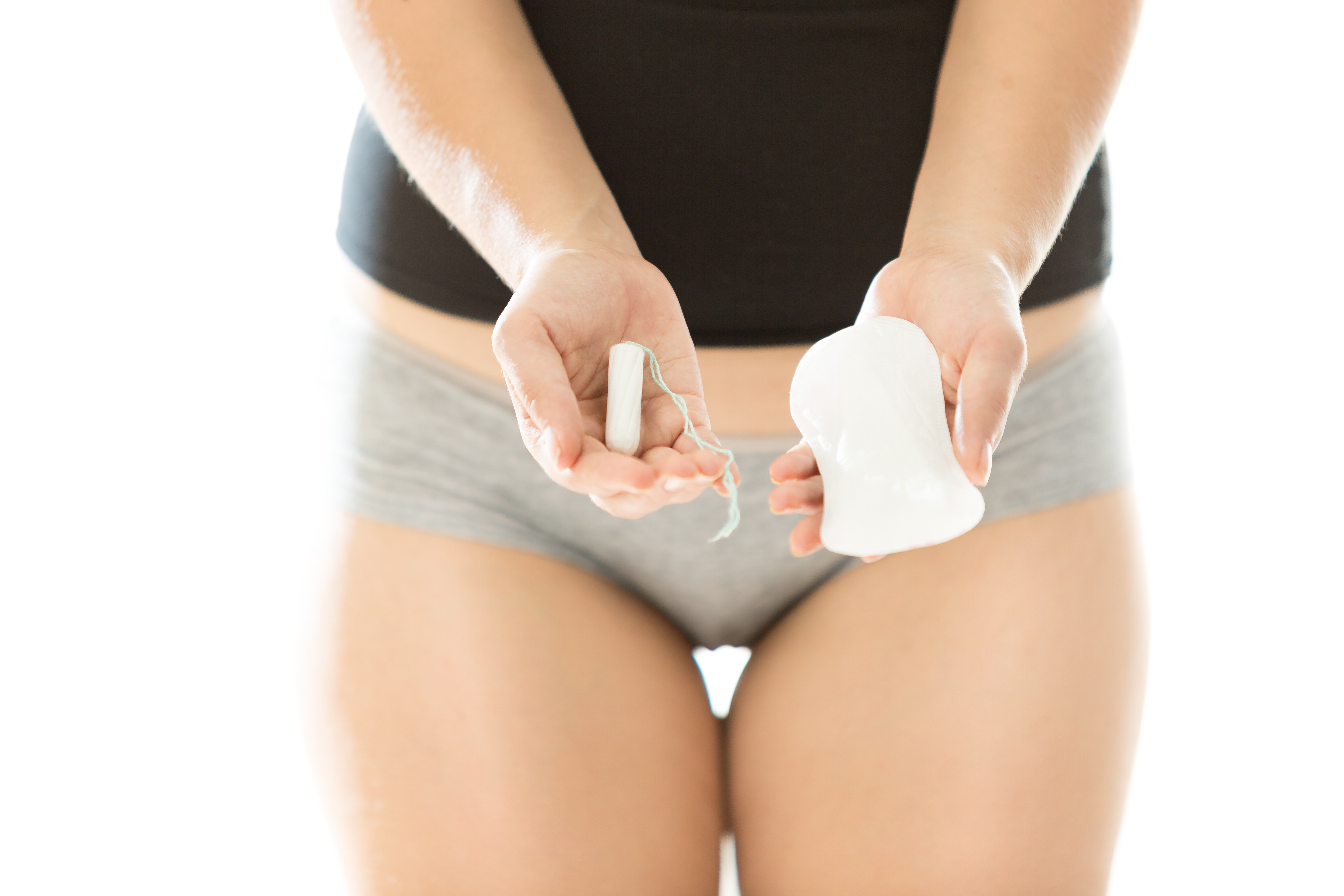Many women, whether they are office workers or campus students, have a special love for high heels. Wearing high heels not only makes their legs appear longer, giving them a tall and elegant feeling, but also makes their walking posture extremely graceful, immediately highlighting their sensuality and charm. However, in our daily lives, we often see women who wear inappropriate high heels, which cause their calf muscles to bulge outward, their leg lines to become stiff, and they walk with a hunched back and a limp. Many people think that a little bit of suffering is worth it for the sake of beauty. However, this is not the case. Inappropriate high heels and improper wearing can not only cause suffering for women but also become deadly weapons that harm women's health.
The health hazards of wearing high heels frequently
Experts point out that the most direct symptom of wearing high heels improperly is foot pain. When people walk, there are three points on the sole of the foot that support their weight - two at the front of the forefoot and one at the heel. As the height of the heel increases, the focus shifts forward, and most of the body's weight is concentrated on the forefoot. The excessive pressure on the forefoot can cause fatigue, leading to arthritis of the toe joints or thickening of the joint capsule, resulting in pain. There is also a risk of ankle sprains or even fractures.
Women who frequently wear high heels will experience varying degrees of foot damage. For example, due to repeated compression and friction, the skin tissue will proliferate. If the toe of the shoe is too narrow, the toes will be compressed, which can lead to poor blood circulation in the feet over time. If the heel is too high, it is easy to stumble and sprain the ankle while walking quickly. In addition, when walking in high heels, it is common to bend the knees. Over time, this can accelerate the degeneration and aging of the knee joints and even cause ligament damage.
Many female patients also experience discomfort in the neck and lumbar spine due to wearing high heels. When wearing high heels, the center of gravity of the body shifts forward, causing anterior pelvic tilt. This changes the point of force on the spine and leads to compression and wear on the intervertebral discs, which can cause lumbar spine problems. When the heel is elevated, the body's central axis also moves forward, deepening the curvature of the waist and affecting the curvature of the neck and chest. This changes the force on the lower back and knees, not only accelerating degenerative changes in the spine but also affecting the surrounding nerves, blood vessels, and muscles, ultimately causing discomfort in the lower back, neck, and shoulders, and in severe cases, can lead to lumbar and cervical spine diseases.
How to wear high heels in a healthy way
Experts believe that heels under 5 centimeters can be considered "healthy heels". Wearing them not only showcases the beautiful curves of the body and presents an upright and confident posture but also ensures comfort and does not burden the body excessively. They are both aesthetically pleasing and healthy, causing relatively less damage to the bones.
When choosing heels, it is also important to avoid excessively thin heels, as they can increase the feeling of fatigue in the body. Additionally, it is recommended not to wear high heels for long periods of time. Just like other parts of the body, keeping the same posture for too long can cause damage. It is recommended to change positions every 1-2 hours. Taking off the shoes or directly changing into flats is the best way to relieve the pressure. Even if you soak your feet in hot water and massage them after taking off the shoes after 8-9 hours of continuous wear, it can only relieve surface fatigue, while deep-seated damage cannot be relieved.
Five traditional Chinese medicine methods to relieve foot fatigue
Experts point out that in daily life, many jobs require women to wear high heels, so women must take good care of their health.
Firstly, soaking feet in hot water is recommended. The water level should ideally reach the knees to soothe the leg meridians and effectively relieve leg fatigue. Adding some Chinese herbal medicines such as mugwort leaves and safflower, which promote blood circulation, can enhance the soothing effect on the legs.
Secondly, shaking the legs. If there is a feeling of leg soreness and swelling after standing for a long time, you can choose to shake your legs and pat them from bottom to top, and massage acupoints such as Zu San Li, Yin Ling Quan, and San Yin Jiao. This can effectively relieve the nerves and muscles that have been in a tense state in the legs, thus promoting blood circulation in the legs and alleviating the symptoms of leg soreness and fatigue to a certain extent.
Thirdly, stretching. When wearing high heels for a long time, a lot of blood can accumulate in the muscles and blood vessels. Stretching can help most of the muscles in the body to relax or contract. In just a few seconds of stretching, a lot of stagnant blood can be returned to the heart, which can greatly increase the capacity of blood circulation, improve blood circulation, and alleviate fatigue symptoms.
Fourthly, taking off high heels and walking barefoot in a pigeon-toed manner for 5 minutes. Changing the walking posture can balance the force on different muscles, avoiding concentrating all the force on one muscle group and achieving the purpose of relieving leg fatigue.
Fifthly, when sleeping at night, place a pillow under the calves. Slightly elevating the feet helps with blood flow in the legs. Usually, working during the day involves long hours, especially after walking a long distance, the legs may feel swollen. This is actually caused by poor blood circulation. Placing a pillow under the feet while sleeping can help promote smooth blood flow and effectively relieve blood congestion in the feet, making you feel very comfortable.
Experts emphasize that high heels should be avoided by pregnant women, new mothers, those with waist and neck diseases, spinal diseases, foot diseases, and developing teenage girls. Furthermore, many people think that wearing flat shoes is healthy when they believe that wearing high heels is unhealthy. However, this is a big mistake. The shoes should not be too high or too flat and thin. When walking, the impact force of the heel hitting the ground can transmit up the legs, spine, and directly reach the head. When the heel is too low, 60% of the body's weight is concentrated on the heel at the moment of contact with the ground. Walking for a long time can cause pressure on the ankle, knee, hip joints, and waist, leading to pain. Long-term wearing of flat shoes can also accelerate the degeneration of the plantar fascia and bone tissue, causing heel pain. Therefore, a heel height of 2-5 centimeters is ideal.




